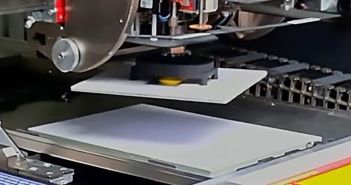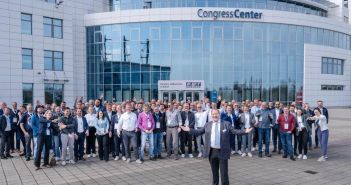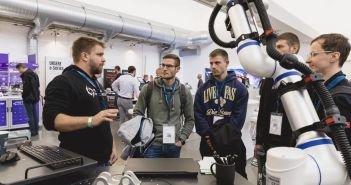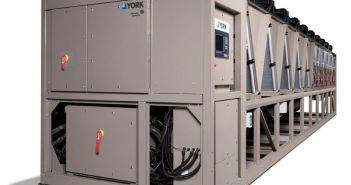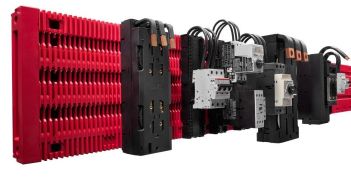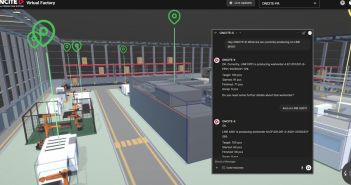The factory of the future is characterized by high levels of automation and digitalization. One key aspect of this automation is the collaboration between humans and robots. Safety is a top priority in this human-robot collaboration, as it poses both technical and ethical challenges. The research conducted by Fraunhofer IFF aims to address these challenges and ensure a safe working environment. Their latest developments in the field of safe human-robot collaboration will be showcased at the Automatica event in Munich.
Enhancing Collaboration: Robots and Humans Working Together Safely
In the future of production, humans will collaborate even more closely with collaborative robots, known as cobots. Safety is the top priority in this human-robot collaboration (HRC). The power and force limiting mode (according to ISO/TS 15066) enables the automation of manual tasks directly alongside humans, without the need for fences. Previously, expensive collision measurements on the robot were necessary to verify whether a cobot would comply with the biomechanical limit values from ISO/TS 15066 in the event of a collision.
The SafeyPilot presented by Fraunhofer IFF offers an innovative alternative to traditional measurement methods. By utilizing simulations, the entire testing process is fully automated, making it easier and more cost-effective to ensure the safety of Cobots. Furthermore, the SafeyPilot can be deployed in simulation environments to conduct early feasibility assessments, eliminating planning errors and reducing costs and efforts in engineering.
Breaking Down Barriers: Safe Collaboration between Humans and Robots
The advancement of technology in flexible and dynamic work and production environments has led to the need for a more integrated collaboration between humans and robots. With the elimination of physical barriers, humans and robots can work together, leveraging their respective strengths. However, ensuring the safety of humans remains a top priority in this collaborative setup.
The Fraunhofer IFF is actively researching and developing technologies to detect potentially dangerous situations, such as collisions between humans and robots. They are particularly focused on ensuring a safe distance is maintained between the two, in accordance with the ISO/TS 15066 standard for speed and distance monitoring. This collaboration allows for the use of not only small and medium-sized robots, but also larger industrial robots to work alongside humans, offering a wide range of possibilities for future manufacturing processes.
The Fraunhofer IFF has developed an innovative monitoring solution for human-robot cooperation, based on projector and camera technology, which has been patented as a safety system. This solution projects the safety areas that need to be monitored directly onto the environment, such as the floor or workbench. The surrounding cameras then reliably and in real-time detect any violations of these safety areas caused by interruptions of the projection beams.
The dynamic adjustment of safety zones based on the current robot configuration, such as joint positions and speeds, allows for the continuous use of a maximum workspace for humans. Additionally, the system enables the display of safety, process, and robot-specific information.
The research conducted by Fraunhofer IFF in the field of safe human-robot collaboration offers numerous advantages for the factory of the future. The SafeyPilot automates and reduces the cost of securing cobots. The monitoring solution developed by Fraunhofer IFF enables a fenceless coexistence and cooperation between humans and robots, while ensuring safety at all times. Thanks to these advancements, humans and robots can work together efficiently and leverage their strengths to the fullest.






